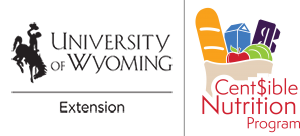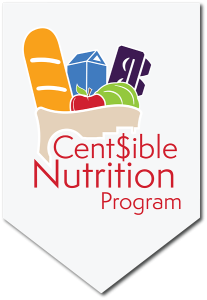February is American Heart Month. Keep your heart healthy this month and all year long with our tips for a heart-healthy lifestyle.
Top 5 Tips for Heart Health
- Move often- Being active regularly is good for your overall health and can lower the risk of heart disease factors such as decreasing LDL (bad) cholesterol levels and maintaining a healthy weight. Activities like running, biking, swimming, and walking quickly are especially good for heart health. It is also a good idea to sit less. If you sit at work, try getting up and walking around periodically. At home, try walking in place while you watch TV or listen to music, make walking part of your daily routine, or fit in your favorite way to be active.
- Less salt- Heart-healthy diets limit sodium because sodium can increase blood pressure. High blood pressure makes your heart work harder and can increase the build-up of plaque that block blood vessels. The Dietary Guidelines for Americans recommend no more than 2,300mg of sodium a day, or about 1 teaspoon of salt. Instead of using salt to season your food, try using spices and herbs. Look for low-sodium soups, canned goods, and packaged foods.
- Reduce stress- While food and physical activity can contribute to your heart health, so can managing your stress. Stress can contribute to high blood pressure as well as other heart disease factors. Practicing healthy ways to manage stress, such as being active, getting enough sleep, meditating, participating in activities you enjoy, and talking to a counselor can help you reduce stress.
- Less saturated fat- Maintaining healthy cholesterol levels is an important part of heart health. Saturated and trans fats increase cholesterol levels. In fact, saturated fat can increase blood cholesterol more than any other part of your diet. Saturated fat is found mostly in foods from animals, such as butter, lard, cheese, and fatty meats as well as tropical oils, such as coconut and palm oil. Try using canola oil instead of butter or coconut oil, choosing low-fat cheese, and selecting less fatty meats. Trim fat and skin from meat before cooking.
- Add heart-healthy foods to your plate- A heart-healthy plate is full of foods from all five food groups including:
- Vegetables like spinach, collard greens, broccoli, and carrots
- Fruits like apples, bananas, oranges, and grapes
- Whole grains like oatmeal and brown rice
- Fat-free and low-fat milk, yogurt, and cheese
- Lean protein foods like salmon, 95% lean ground meat, nuts, tofu, and beans
- Foods with healthy fats, like salmon, tuna, avocados, seeds, nuts, and canola, olive, and sesame oil
References
- Heart Healthy Living (National Heart, Lunch, and Blood Institute)
- Physical Activity and Your Heart (National Heart, Lunch, and Blood Institute)
Menu


